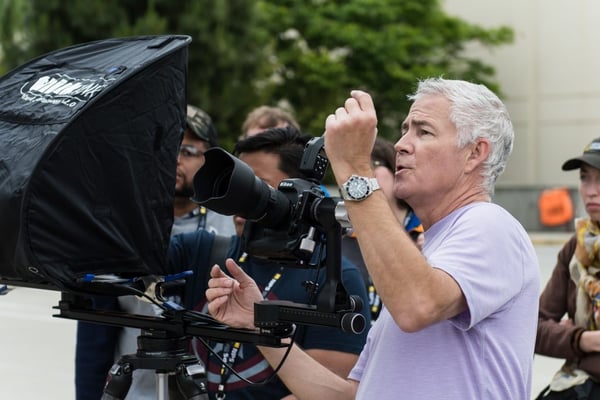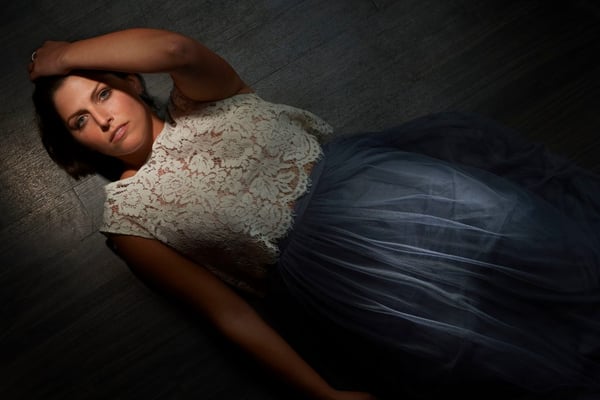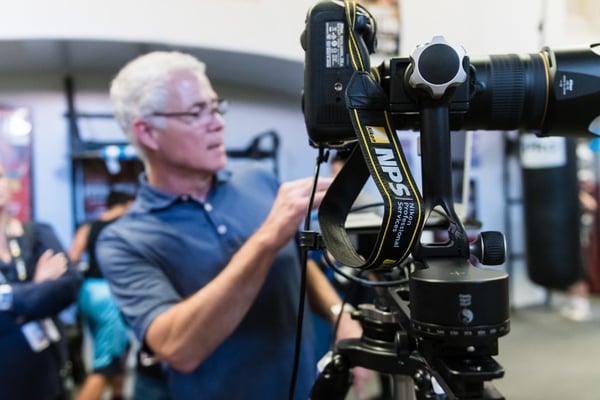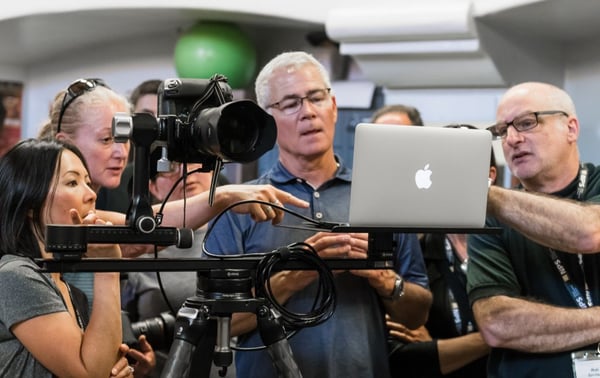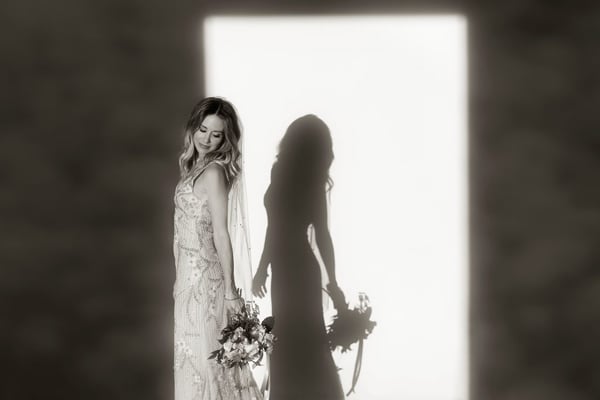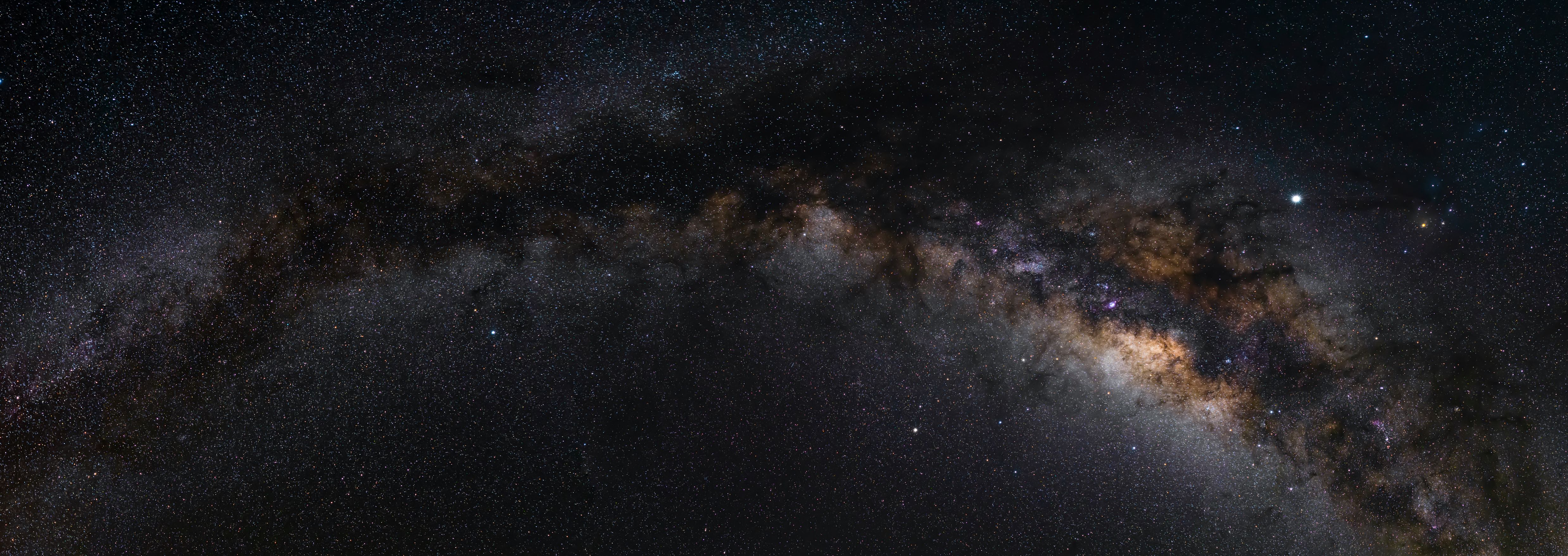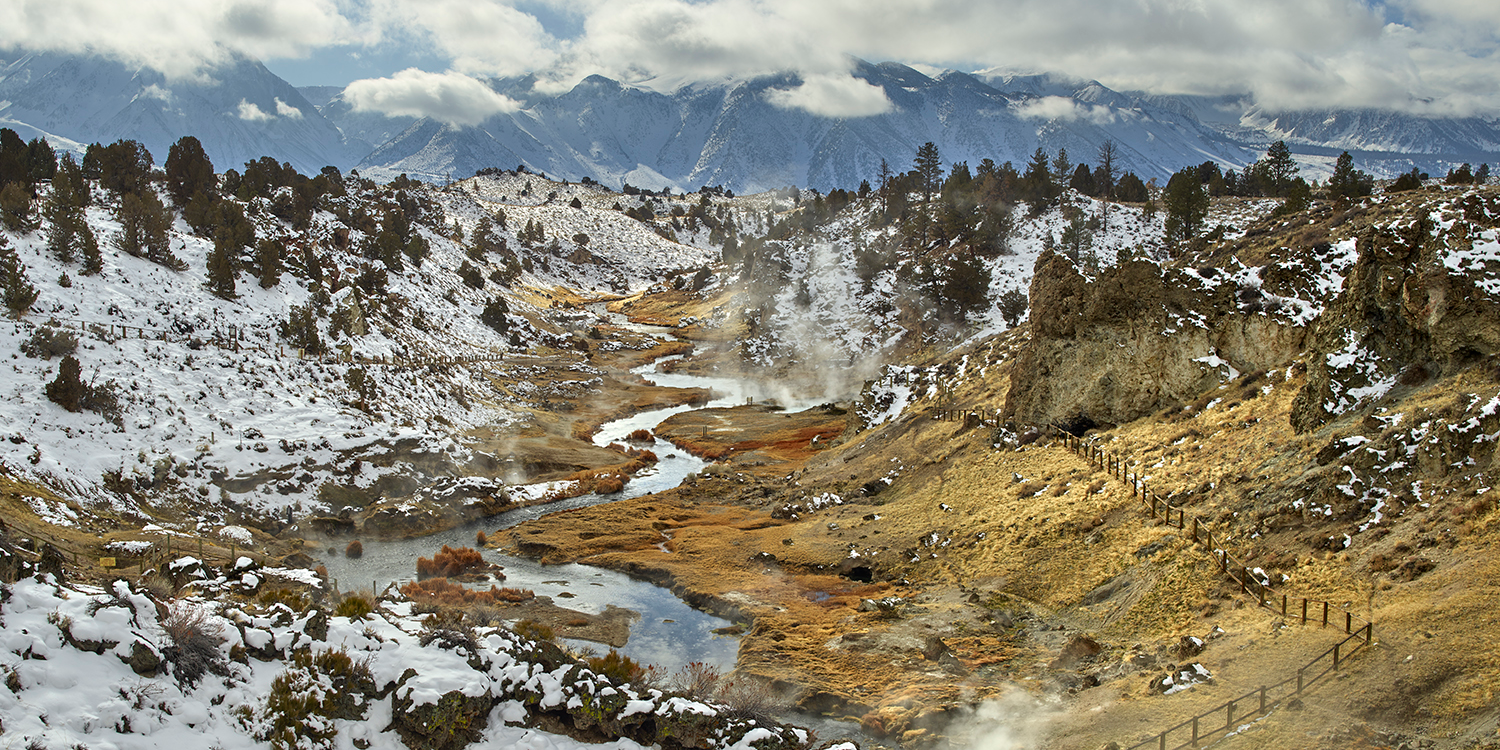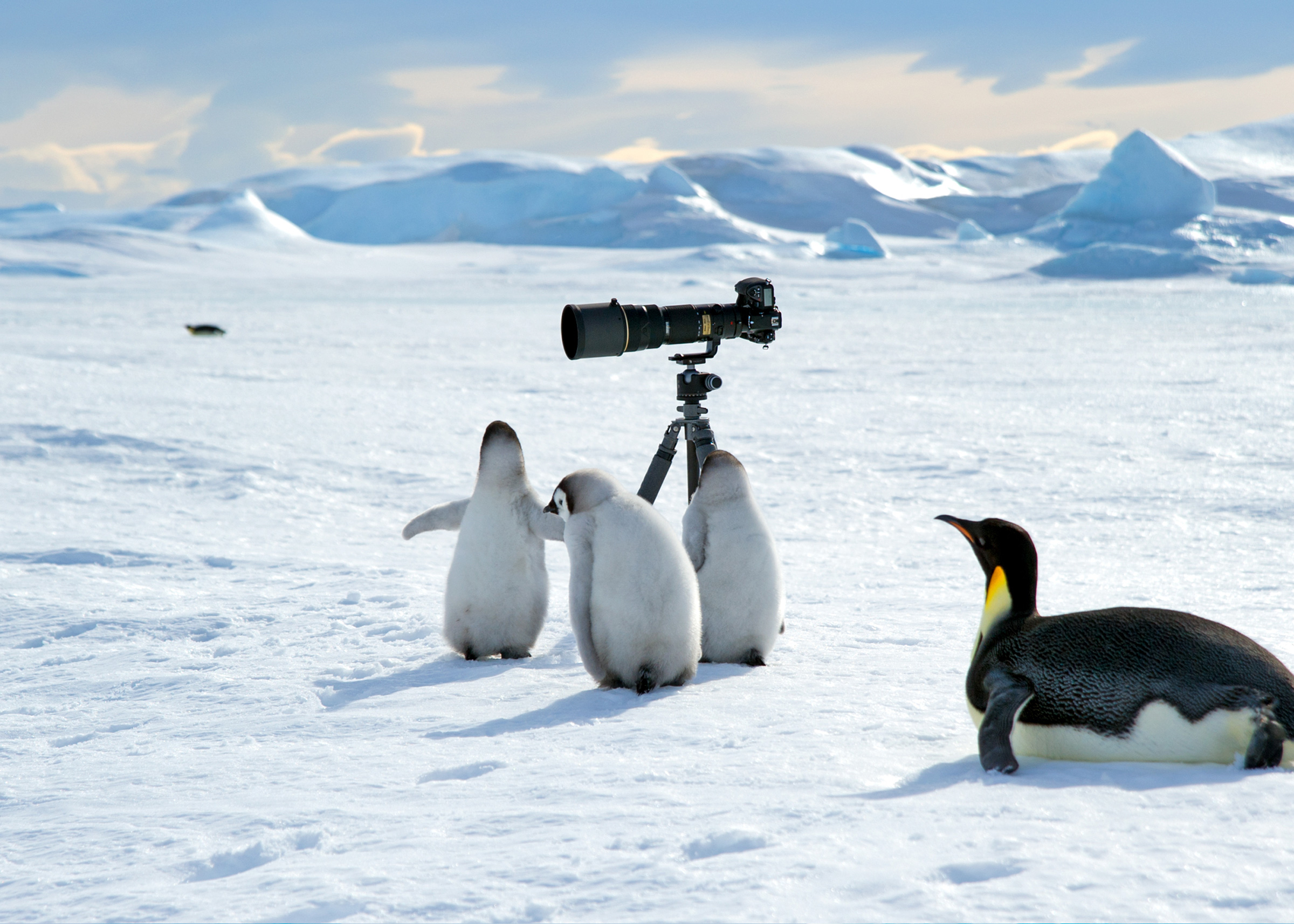Better Than the Day Before
Better Than the Day Before
Joey Terrill
In nearly every presentation that I share with photographers around the country, I conclude by saying, “If you want to be the photographer people admire, be better than the day before. And do that for as long as you want to be a photographer.”
My hope in sharing that sentiment is for it to be inspiring and encouraging to the photographers in the audience. But it’s also a call to action. It really is just that simple to grow as a photographer. All you need to do is be better than the day before.
There are a countless ways to become a better photographer, but one of the most effective methods to accelerate that trajectory is through a well-designed, high quality photo workshop.
Great workshops offer the fast track to insights, techniques, pathways, and most of all, the wisdom of photographers who are dedicated to sharing everything they know—including the mistakes they’ve made. This can be a profound shortcut on the way to making the kinds of pictures you’ve always wanted to make.
When I’m working with other photographers, one of the best teaching tools I have is the ability to share the results immediately with the group. Capturing images while tethered to a computer allows photographers to instantly see how the light is working, what the effect of different lenses are, the nuance of body language, and how the photograph evolves toward its final result.
There are many ways to create a tethered shooting workstation, but since all of my Nikon cameras and lenses are attached using Really Right Stuff plates, it made sense to create a workstation using the RRS clamping system. The natural foundation was the TVC-45 Versa Series 4 Tripod with a TA-4-LB-HK Leveling Base and a CB-28 Camera Bar. This setup allows one end to be used as a shooting platform while the other end is used as a computer platform. I attached a B2-mAS Clamp to each end of the CB-28 bar to make it possible to easily add any of my RRS Ballheads, my Pano-Gimbal head, or a laptop support tray.
While using this setup at some recent workshops, I was able to share the camera settings, lens choices, lighting techniques, thought process, model direction, and post-processing options in real time as the photographers watched the results instantly appear on the computer screen.
Artificial light—whether in the studio or on location—can sometimes feel like it’s a bridge too far for photographers who are only comfortable working with available illumination. But by working tethered in the environment of a workshop, photographers can experiment with both Speedlights and studio strobes, learn about how light works and how to control it, experience how to confidently work with professional models, and use the opportunity to capture new images to add to their portfolios.
There are few experiences more enjoyable than watching someone learn a new technique, put it into practice, and then watch the wheels begin to turn as they imagine applying the technique in their own photography in the days and weeks ahead. But learning to use light creatively and confidently can be one of the best ways to expand your range of possibilities, to grow as a photographer, and to fulfill the promise to yourself of always being better than the day before.
I’m a Los Angeles-based photographer and Nikon Ambassador with clients that include American Express, Coca-Cola, Disney, Golf Digest, Major League Baseball, Red Bull, and Sports Illustrated. Every project I work on gives me the opportunity to meet amazing people, learn something new and create a souvenir of the experience in the process. My camera is the window through which I experience life and I’ve been fortunate to enjoy countless memories through photography. –Joey Terrill
